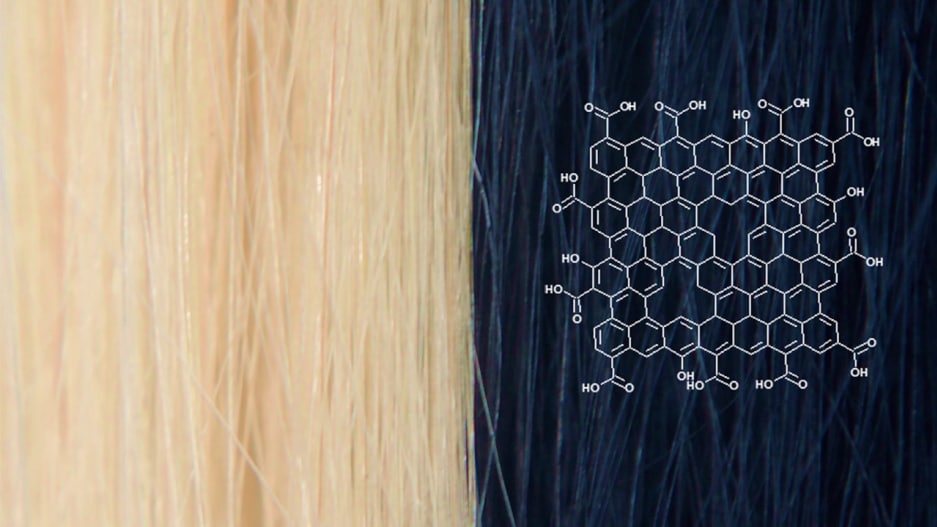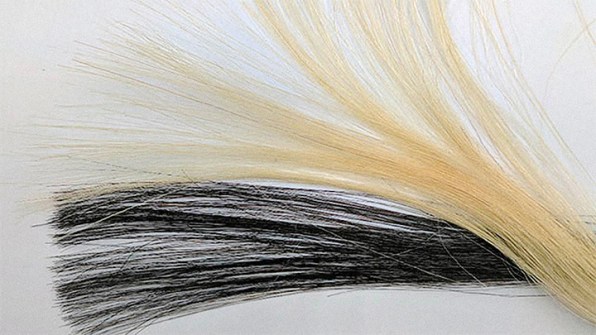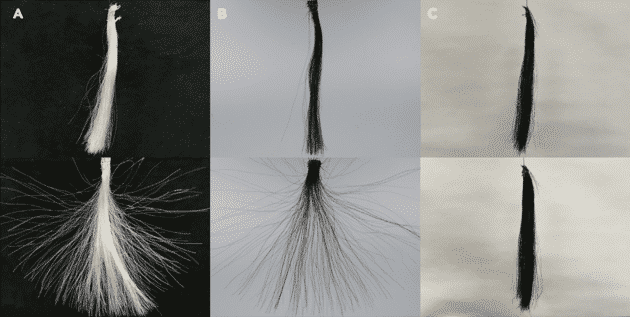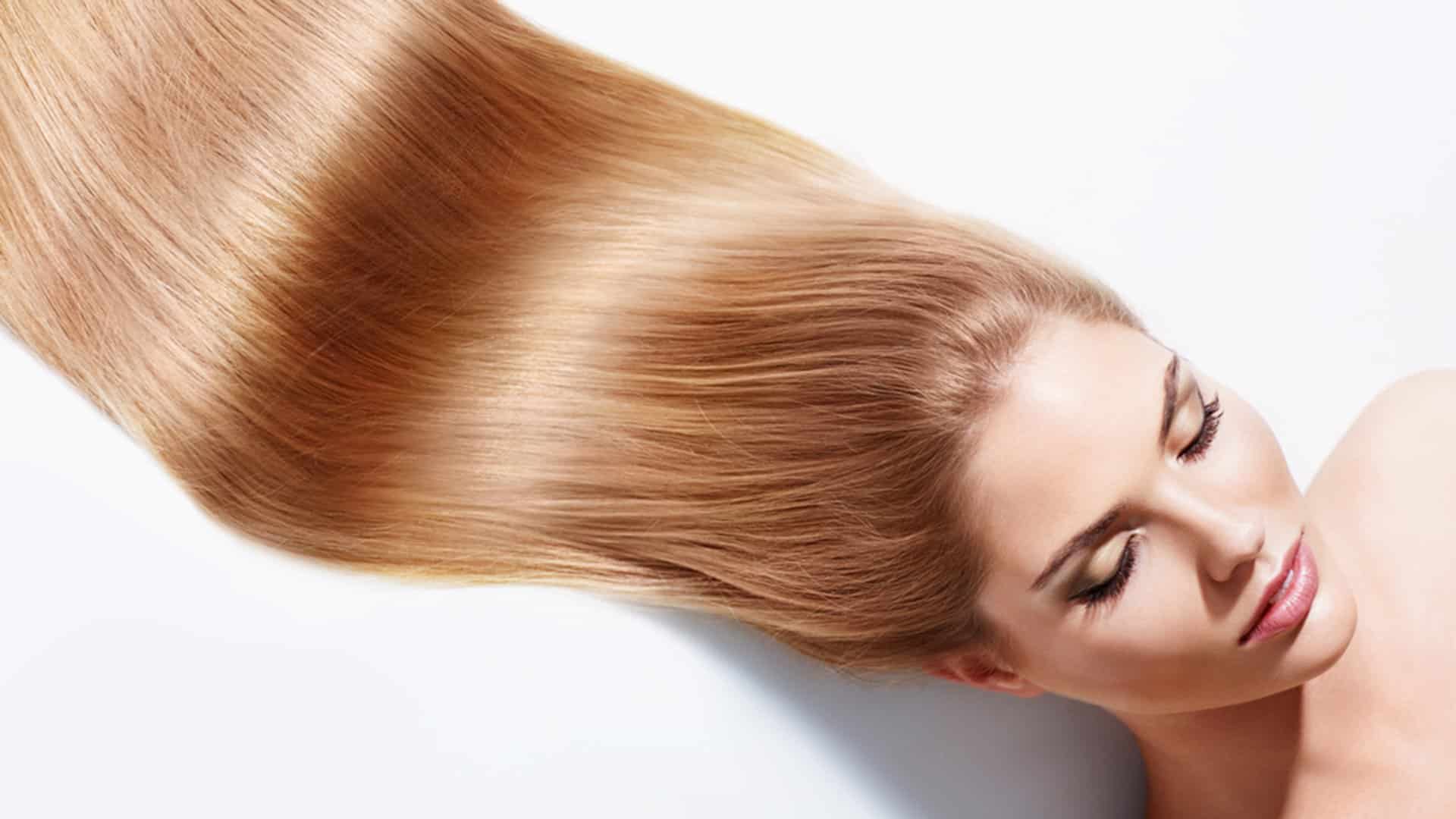Move Over Those Horrid Chemical Dyes, Use Graphene Instead!
Whether you just want to cover up a few greys or are feeling a little rebellious- coloring your hair is a lot of fun. Also, hair coloring has been around for ages- the Greeks used to color their hair a thousand years ago, which identified with courage and perhaps honor; even the ancient Romans had the habit to lighten their hair, and often color it. But then it’s all fun and games until all hell breaks loose in form of a nasty allergy.
Dyeing hair often damages it irreparably, particularly when combined with additional bleaching. This is because commercial dyes tend to use harsh chemicals such as bleach and ammonia to “pry open” each hair’s scales before inserting a colorant, then triggering a chemical reaction to produce more colour. This damages the hair, and involves a number of toxic molecules that can seep into the skin.
However, a research team at Northwestern University recently discovered an alternative to the damaging dyes of yore, and it could mean a very bright future for hair color innovation. Researchers used ‘miracle material’ graphene to develop a new hair dye that is non-toxic, non-damaging and lasts
through 30 washes without fading.
Professor Jiaxing Huang, who led the study, said: “This is an idea that was inspired by curiosity. It was very fun to do, but it didn’t sound very big and noble when we started working on it. But after we deep-dived into studying hair dyes, we realised that, wow, this is actually not at all a small problem. And it’s one that graphene could really help to solve.”
As graphene is a dark colour, it works especially well for those going from blonde to brunette and was majorly tested on blonde hair samples, in the study published by the journal Chem, which means it is also well suited to covering greys with darker colours. This development could ultimately change what the hair dye industry currently looks like.

“It’s similar to the difference between a wet paper towel and a tennis ball,” Huang explains, comparing the geometry of graphene to that of other black pigment particles, such as carbon black or iron oxide, which can only be used in temporary hair dyes. “The paper towel is going to wrap and stick much better. The ball-like particles are much more easily removed with shampoo.”

The water-based graphene dye is sprayed onto the hair, combed through to be sure the hair is coated evenly, and then either air dried or blow dried.
Black is the easiest shade to achieve, but it can be used to create shades from light brown through to black, and could even create a gradient or “ombre” effect, where the hair starts dark at the roots and lightens toward the ends.
“Our hair dye solves a real-world problem without relying on very high-quality graphene, which is not easy to make,” Huang said. “I feel optimistic about this application.”
Still, future versions of the dye could someday potentially leverage graphene’s notable properties, including its highly conductive nature.
“People could apply this dye to make hair conductive on the surface,” Huang said. “It could then be integrated with wearable electronics or become a conductive probe. We are only limited by our imagination.”
So far, Huang has developed graphene-based hair dyes in multiple shades of brown and black. Next, he plans to experiment with more colors.






























